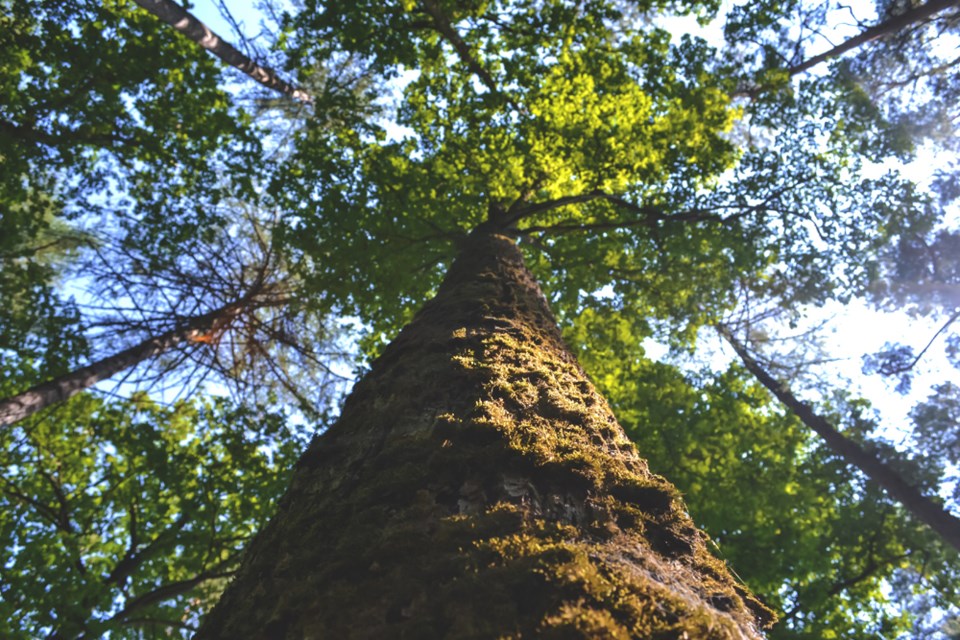In a town where green space is a topic of heated debate, the District is trying to walk a fine line between accommodating development while preserving the environment.
District council recently adopted a new tree management bylaw on Oct. 23.
“Tree bylaws are one of the trickiest bylaws,” said Chris Wyckham, director of engineering. “There’s this competing tension... between, ‘I want to do what I want to do – it’s my backyard’... versus, ‘These trees affect the entire neighbourhood.’”
Perhaps the biggest highlight of Tree Management Bylaw No. 2640, 2018 is the inclusion of density targets – that is, ensuring a certain number of trees are planted within a certain area.
For the District, the magic number is 50 trees per net developable hectare.
So for instance, if a developer decides to clearcut a hectare completely covered by forest, 50 trees must be replanted within that space.
“We tried to strike a balance,” said Wyckham.
“That was a very large change which – I think it allayed a lot fears in the development community that this would be impractical. We’re looking for something that’s practical, but incentivizes having a comfortable number of trees in our neighbourhood.”
The Squamish River Watershed Society provided assistance in drafting the new bylaw.
Its executive director explained how 50 trees per hectare turned out to be the number conservationists and municipal staffers settled on.
“What we based it on was the measures being undertaken in the Lower Mainland, in coastal British Columbia and coming out of Washington State,” said Edith Tobe.
“Looking at what’s been implemented – biologically what makes most sense in maintaining the integrity of the landscape.”
There were also considerations regarding global warming, and calculations were made as to how many trees would be needed for water to penetrate the soil rather than run off the surface, she said.
Tobe said the number was “extremely conservative” – she would’ve preferred seeing more than 50 trees per hectare.
A higher number was initially pitched, she noted, but Tobe said her group is content with the outcome and called it a “strong start.”
There are other highlights of the tree management bylaw.
Two replacement trees must be planted for every tree removed, with a 50 replacement-tree ceiling each hectare.
Special favour is given to bigger “significant” trees, which are defined as those more than 80 centimetres in diameter.
Six replacement trees must be planted for every significant tree removed, with a 50 replacement-tree cap each hectare.
“We’re really trying to incentivize find[ing] a way to keep those big trees if you can,” Wyckham said.
Developers also get a three-tree credit for every significant tree they keep, he added.
So if they decided to clearcut a hectare but keep 17 significant trees, that would fulfill the 50-tree density requirement.
In cases where it’s not possible to replant trees in areas where they’ve been removed, the developer must pay $250 for every replacement tree that can’t be planted. The money will go to an environmental fund.
So if one tree gets removed and nothing is planted in its stead, a developer must pay $500 in lieu of the two replacements that would’ve been required.
These rules apply mainly to larger swaths of land – backyard tree cutters will likely have little to worry about.
Tree removal or management permits are not required for residential land parcels that are 0.4 hectares – that’s one acre – or less, where a home exists.
There are a few exceptions, though, such as if you’re removing a significant tree, among other things.



